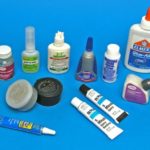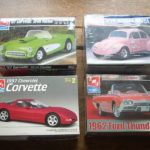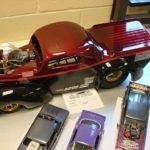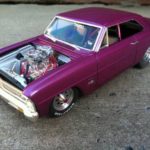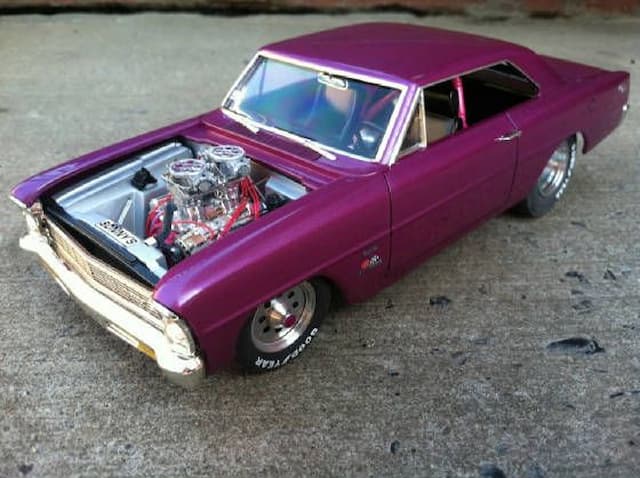
Building scale models of historical, current or sci-fi vehicles can be one of the best pastime activities for adults and children alike. However, buying the right scale model kit is essential to your success. As a result, it’s also essential to whether the hobby will stick with you, or you’ll jump to the next thing. Fortunately, choosing a scale model kit isn’t all that complicated. There are a couple of important things to keep in mind to ensure you have a good time and learn through the process. Here’s what you need to pay attention to.
Type of Scale Model Kit
While there are more important things than the type of scale model you decide to put together, if you’re not really into what you’re building, are you really enjoying the building process itself? Passion can go a long way when taking up a new hobby, especially when it’s a hobby that comes with bumps along the road. If you get stuck at any point, you might feel like giving up. If you give up, you may never pick it up again. If you’re enthusiastic about what you’re building, however, you’ll look at it as a fun challenge that you can’t wait to get over.
That being said, no matter whether you’re a Formula, Nascar, history or Star Wars fan, you can rest assured you’ll find a scale model kit that piques your interest and inspires you to see the build through.
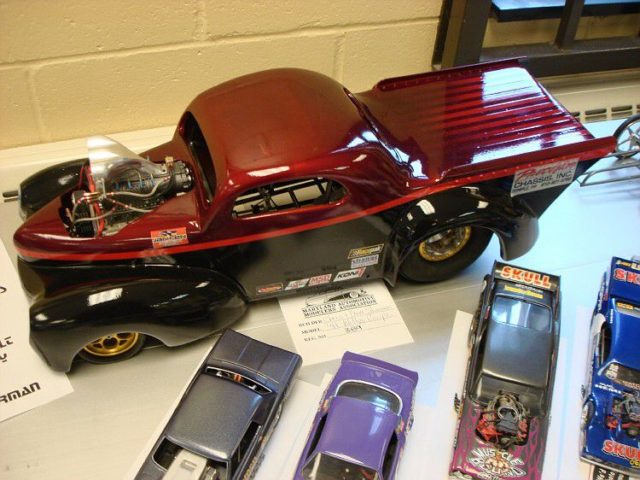
Scale Model Kit Size
Model kits, no matter whether beginner or advanced model kits come in various scales(sizes), ranging from 1:8 to 1:xxxx. This might be confusing to some, but it basically represents how much the model is shrunk relative to the size of the vehicle or object it’s replicating. The numbers are the ratio, expressing how many units the real version of the vehicle is in relation to the model. If a model kit is 1:1, it means it’s equal to the real thing. In other words, it will be a full-sized replica. The higher the second number gets, the smaller the model is. The most popular scale model sizes are 1:8, 1:10, 1:14, 1:24, 1:32, etc.
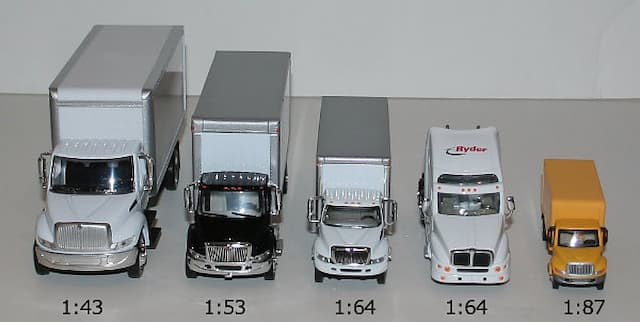
Scale Model Kit Difficulty Level
It goes without saying, but choosing a model kit with hundreds or thousands of small parts that are extremely complex to put together as your first one is a bad idea. You’ll probably put together something that doesn’t look anything like what you see on the box. For that reason, you should get a scale model kit with a few dozen parts that isn’t too complicated to build, just so you can get a feel of how everything goes. Fortunately, you’ll find model kits meant for beginners, as well as advanced model kits once you find the beginner ones a walk in the park. Generally, scale model kits are categorised into 5 different skill levels, ranging from 1 to 5, with 1 being the most beginner-friendly, and 5 being the most difficult and demanding.
Nevertheless, the learning process is what’s important. Finding out which tools you may need, how much glue to use, how pieces fit together, what types of paint you can use, etc. can go a long way in increasing the enjoyment of the hobby.
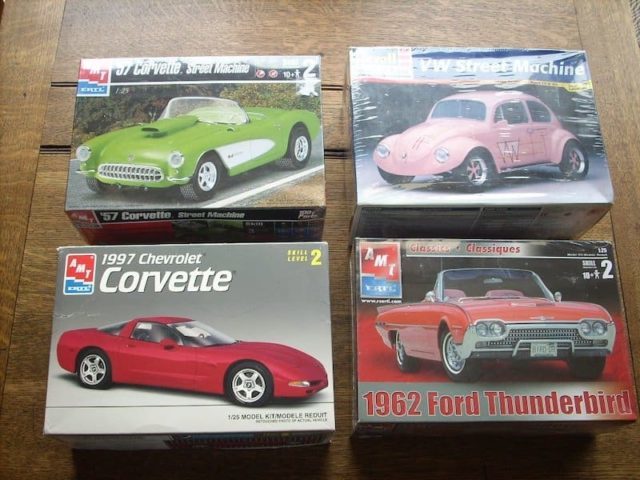
Glue and Paint
Most scale models kits are made of soft plastic that can easily be glued using chemical glues known as plastic cements. These glues join the plastic together by melting the edge and melding them to form new seams. The seams are sometimes imperfect and require putty to fill gaps, but this isn’t a common occurrence. These glues are available as liquid and paste. Paste glues are recommended for beginners, whereas liquid glues are recommended for more skilled modellers. Paste glues are available as standard and non-toxic variations, with standard variations releasing a small amount of smelly fumes, but take almost half the time to cure.
Scale model kits meant for intermediate modellers generally contain plastics in grey or white and require paint to be finished. Most kits require 5-10 colours to paint the scale models so they resemble what you see on their box. However, the list can be confusing for beginners. For instance, you may see a kit that suggests using flat aluminium and gloss silver, which are pretty much the same colour. So, if you’re a beginner, I recommend cutting down the paint list as much as you can without compromising the overall finish of the model.
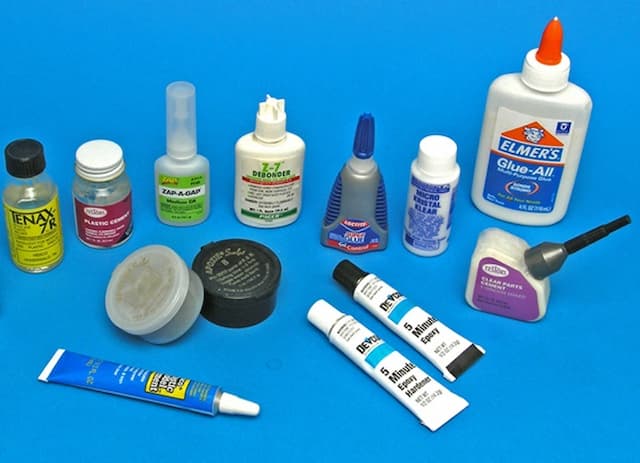
Which First?
A lot of novice modellers wonder whether they should glue or paint first. There’s no simple answer to this question, as it all depends on the specific models. Personally, I just follow my instincts and do what seems most logical. Generally, it’s clear what and when you should glue and paint. For simplicity’s sake, let’s say you’re building a model car. Should you paint the interior after you’ve installed the body and roof? Not really, right? When in doubt, just follow the instructions – you’ll probably find your answer there.


